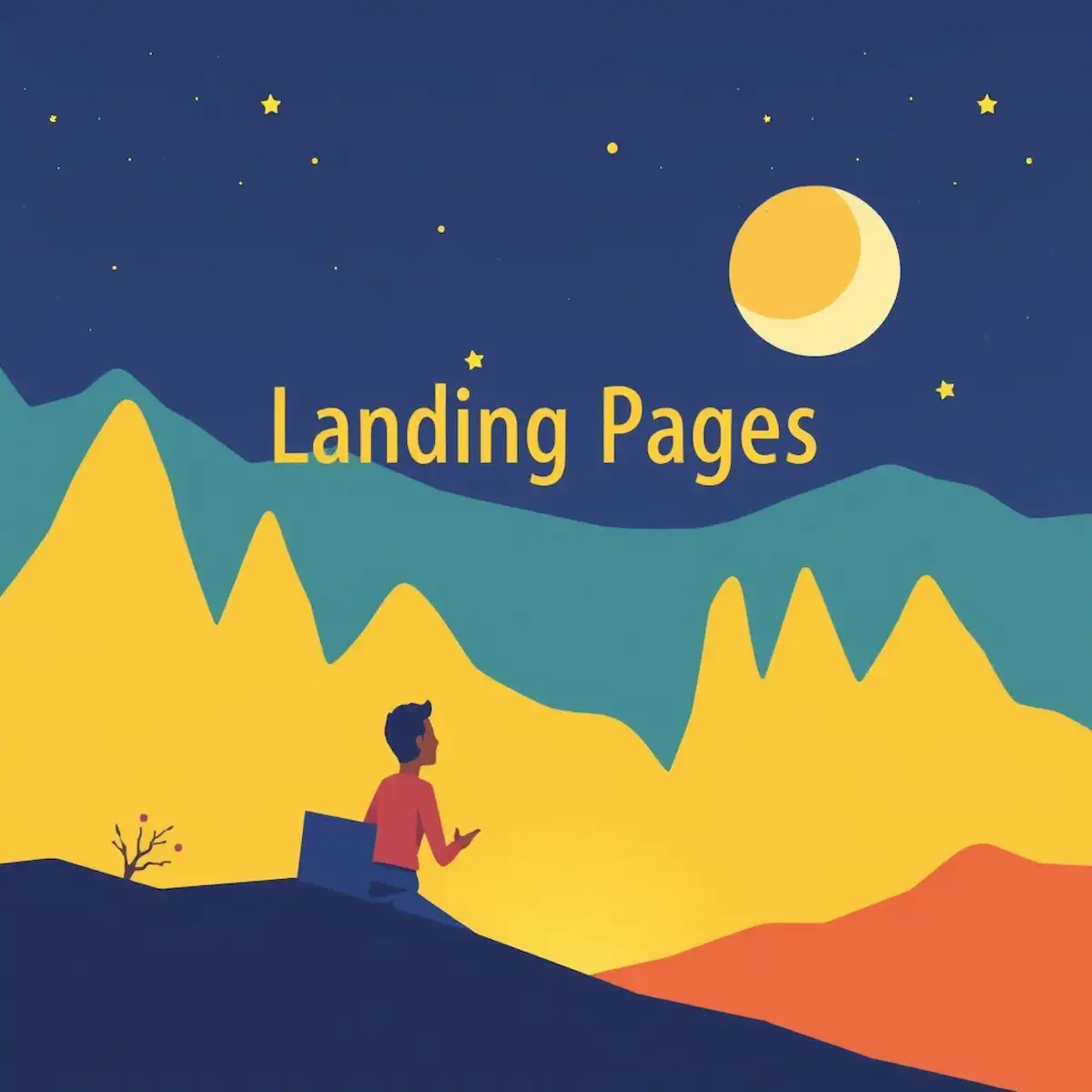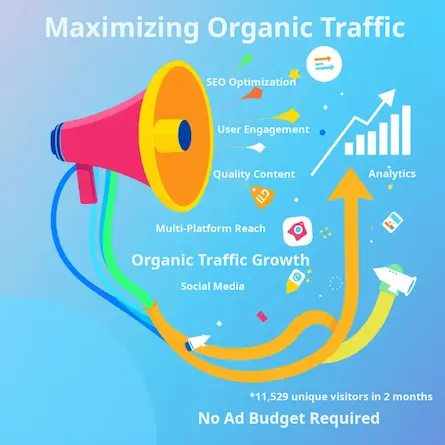
Revolutionizing Landing Pages: A Comprehensive Guide to Refactoring and Redesigning with Modern Techniques
- Ctrl Man
- Web Design , Digital Marketing
- 03 Sep, 2024
Revolutionizing Landing Pages: A Comprehensive Guide to Refactoring and Redesigning with Modern Techniques
Introduction
In today’s fast-paced digital landscape, landing pages serve as the critical first point of contact between a brand and its audience. A well-designed landing page not only captures attention but also drives conversions, making it an essential element of your online presence. Refactoring and redesigning landing pages with modern techniques can drastically improve user experience, engagement, and conversion rates. This guide provides actionable insights into optimizing layout, content presentation, responsiveness, and overall user experience (UX), all while adhering to the latest design trends and SEO best practices.
Layout Improvements
1. Embrace Grid Systems
Grid systems like Bootstrap and Tailwind CSS offer a flexible, structured approach to layout design. These frameworks help create visually balanced and organized layouts that enhance readability and scalability across devices. Leveraging grids not only streamlines your design process but also ensures your content remains visually appealing and easily digestible on any screen size.
2. Prioritize Responsive Design
Responsive design is no longer optional; it’s a necessity. Utilizing responsive frameworks such as Flexbox, CSS Grid, or utility-first libraries like Tailwind CSS allows you to adapt your landing page layout seamlessly across devices—be it mobile, tablet, or desktop. This adaptability ensures a cohesive user experience, regardless of screen size.
Content Presentation
3. Structure with Clear Headings
Use H1-H6 tags to create a clear content hierarchy that enhances readability and SEO performance. Well-structured headings guide users through your content effortlessly, making it easier to absorb key messages while helping search engines understand your page’s structure.
4. Engage with Rich Media
Incorporate visuals such as images, videos, GIFs, and infographics to break up text and make information more engaging. Rich media not only captures attention but also aids in conveying complex ideas in a more digestible format, ultimately enhancing user retention and experience.
5. Optimize Calls-to-Action (CTAs)
Effective CTAs are pivotal to conversion. Ensure your CTAs are prominent, clearly worded, and strategically placed to guide users towards desired actions, whether it’s signing up, making a purchase, or exploring more about your offerings. A/B testing different CTA designs can also help in identifying the most effective approach.
Responsive Navigation
6. Simplify Navigation
Design a navigation bar that adapts fluidly across devices. Utilize drop-down menus for desktop views and streamlined options like hamburger menus for mobile, ensuring a seamless navigation experience. Simplified navigation helps users find what they need quickly, reducing friction and improving overall satisfaction.
Typography & Branding
7. Prioritize Readability with Modern Fonts
Choose clean, modern fonts, preferably sans-serif, that enhance readability on screens of all sizes. Contrast between text and background colors should be strong enough to cater to users with visual impairments, ensuring accessibility for all.
8. Leverage Strategic Color Use
Your color scheme should align with your brand identity while also directing users’ attention towards key areas like CTAs or navigation elements. Use color psychology to evoke specific emotions and actions, enhancing both aesthetics and usability.
User Experience (UX)
9. Optimize for Speed
Fast-loading pages are critical for a positive user experience. Compress images, use lazy loading, and leverage CDNs for delivering static assets efficiently. Reducing page load times not only improves user satisfaction but also boosts SEO rankings.
10. Utilize White Space Effectively
White space, or negative space, is a powerful tool that improves readability and guides users’ focus toward important elements on your page. By avoiding clutter, white space allows for a cleaner, more enjoyable navigation experience that encourages users to explore further.
Accessibility
11. Enhance Accessibility Features
Incorporate alt text for images, use ARIA labels for interactive elements, and ensure your landing page supports keyboard navigation. These accessibility features make your content inclusive for users with disabilities, broadening your audience reach.
User Feedback & SEO Best Practices
12. Conduct Pre-launch Testing
Testing your landing page with real users before launch can uncover usability issues that you might not notice on your own. Conduct A/B testing, gather feedback, and iterate to refine your design for the best user experience.
13. Implement SEO Best Practices
Optimize your landing page with relevant header tags, descriptive meta descriptions, alt text, and schema markup to improve search engine visibility. Strong SEO foundations help your landing page rank higher, driving organic traffic and enhancing your digital footprint.
Development Frameworks
14. Utilize Modern Front-end Tools
Consider integrating advanced front-end frameworks like React, Vue.js, or Angular. These tools provide robust solutions for creating dynamic, highly interactive landing pages that improve engagement and reduce development time.
Where to Find Inspiration & Resources
- Dribbble: A leading platform for design inspiration, showcasing cutting-edge landing page designs from top designers worldwide.
- Behance: Explore a diverse range of design projects and trends from the global creative community, offering fresh ideas for your landing page.
- Google Material Design: A comprehensive resource for web-specific UI guidelines, emphasizing intuitive design principles.
- Apple Human Interface Guidelines: In-depth advice on crafting seamless experiences for iOS devices, with valuable insights into mobile design best practices.

